-
Content Count
93 -
Joined
-
Last visited
-
Days Won
1
Posts posted by ceg
-
-
Here are some photos of Jimmy J.'s Alaskan Mountain goat. Note the difference in the length of hair on Jimmy's goat versus Doug's goat. Jimmy harvested his goat in late August and the hair is probably 2 - 2 1/2 inches in length. Doug's goat was harvested in late October and the hair length on it is closer to 5 inches. It is something to think about for anyone planning a Goat hunt as the early season goats do look a little different than the late season goats.
-
Here is a field photo of Donnie Young out of Mississippi with his desert ram he took on the raffle tag last fall. Donnie hunted with Jay Scott and Darr Colburn of Colburn and Scott Outfitters . The hunt took place in unit 15D. I have also included a photo of Donnie's mount that we just finished up.
L-R, Darr, Donnie, Jay
-
I have my 2005 Rhino 660 for sale. I don't remember the exact mileage, but it has around 1250 miles on it and it has only had about 100 miles on it in the last three years. It has a front rack, rear roll cage and seat, winch, and snowplow. I no longer have time to get out in the woods to use so it needs to go to someone who will. I am pretty firm at $7500. This machine has been well taken care of and has not been abused. email or call me at 928-978-0683
-
-
I believe that even with a salted cape, you could have problems with the new policy. The way understand it is that if there is even one dead tick on the cape, then it will be confiscated. I know that sometimes ticks will die on the cape when it is salted, so make sure that there aren't any visible when you get to the border. I quit salting capes down there years ago when I had trouble at the border with the ticks. For many years, a cape that had been frozen for 24 hours took care of any tick problems at the border, but that isn't the case anymore. Call and check before you head down.
-
Hey Matt, I agree that the USDA policies are vague and I think enforcement is not very consistent. From what I gather, the capes still have to be frozen for 24 hours to kill the ticks, but they must then be thawed out by the time you reach the border so they can be inspected for ticks. You must sign a notice of arrival form at the border that certifies the cape has been frozen for 24 hours, which is how it has been in the past. They will then inspect the cape and if they find even one tick, whether dead or alive, the cape will be confiscated. My suggestion would be to take a comb and after the deer is skinned, lay it out and slowly comb forward looking for any ticks and remove them. Do this to the whole cape including the ears and don't forget to look down in the ear canals. Then go ahead and feeze the cape like has been required in the past. I am going to pull my cape from the freezer the night before I leave for the border so it can thaw and then will stop and look it over for ticks again right before I get to the border to make sure their aren't anymore ticks visible. It seems like a hassle to do this, but it is more than worth it due to the fact there is not a huge surplus of stock coues deer capes here in the States to replace confiscated capes with. Remember to keep your capes out of the sun when searching for and removing ticks and also, do not thaw them out in the sun. This is only for clearing your cape with the USDA: US Fish and Wildlife still requires all of the proper paperwork on their part as well. I don't garantee that this will get you across the border with your cape, so I would recommend calling the USDA. This is a new policy change and everyone needs to be aware of it so that they don't have their capes consfiscated when coming back across. The phone number I have for the USDA at Douglas is 480-491-1895, so I would recommend calling them prior to your trip and ask them directly what they require for a deer cape to cross the border. If anyone has crossed this season already, please post up the experience you had at the border.
-
USDA has changed their policy for capes coming back into the US form Mexico. I am still trying to figure out exactly what the procedure now is, and will post any info I can find. If anyone else has knowledge of the requirements, please post them so we can prevent hunters from losing their capes at the border.
-
-
Here is an elk pedestal we just finished for an associate of White mtn. man. This is a great bull from a late hunt in a tough unit; I think the bull was lost and wandered in from another unit. I will try to post photos now and again of mounts that are leaving our studio. Hopefully this will give members ideas for future mounts.
-
Here is Mark W.'s shoulder mount, by Mogollon Taxidermy, of the great buck he harvested in Mexico in January. This buck has long points and great symetry. Way to Go Mark! Good luck to everyone who will be hunting with their kids this coming weekend and those who have their own tags in the next few weeks. I hope to see some of you come through the shop with some nice bucks.
-
Yes Amanda, a damp cloth works well to clean a mount with, just wipe with the direction of the hair. Also, a shop vac on blow or an air compressor with the pressure regulated down works well to blow the dust off. What also works well for deer and elk after they are cleaned is a hair shine product. There are various ones available from taxidermy suppliers. I have heard that some of the brands used for show livestock work well also, but I haven't tried them. Eyes can be cleaned with a Qtip and some glass cleaner to get the sparkle back into them. Mounts that are subjected to severe temperature swings or being in a home that has an evaporative cooler are more likely to have cracking on the nose or around the eyes. Generally this is easy to repair and can sometimes be done yourself, just talk to your taxidermist about it. If anyone has any more questions about mount care or taxidermy in general, just ask and I will tell you what I know.
-
Hey Everyone, Clay Here at Mogollon Taxidermy. I thought I would put up a quick post after looking at alot of the mount photos people are posting. One thing that everyone should do after hanging their mount is to tuck the hair behind the mount. I see a lot of mounts where the hair is wild and flaired out where the mount meets the wall. You just need to take something thin and tuck it in which will make a clean transition from the mount to the wall. Also, when transporting and hanging an animal, often times the hair will get ruffled up. Take a couple of moments to gently groom these areas back down after it is hanging. Just a couple of simple suggestions that will improve the look of almost any shoulder mount.
-
Hey Sam, Clay here at Mogollon taxidermy. You don't want to put any salt on your cape. The best thing you can do is skin it up to the base of the head and leave the head to be caped out by the taxidermist. It will need to be put on ice if you can't get it to the taxidermist within a day or so. Doug is right, try not to get the skin wet. Also try to keep it out of direct sunlight, as this heats the hair side fo the skin and facilitates slippage. Make sure you cut your cape extral long and don't cut the armpits; keep you incisions on the back side of the legs or tube the legs out to the knee. Good luck with your hunt.
-
Great buck and a great guy, we'll miss him. His buck is even bigger in person.
-
I mounted a great big coues buck for Dan a couple of years ago. He was a good guy and will be sorley missed. Our prayers go out to his family.
-
-
I would like to buy your books if you can mail them to me in Payson.



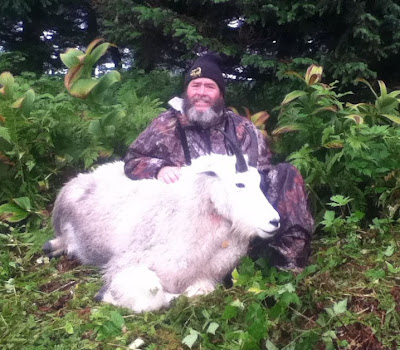
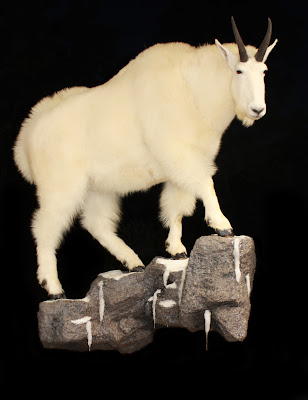

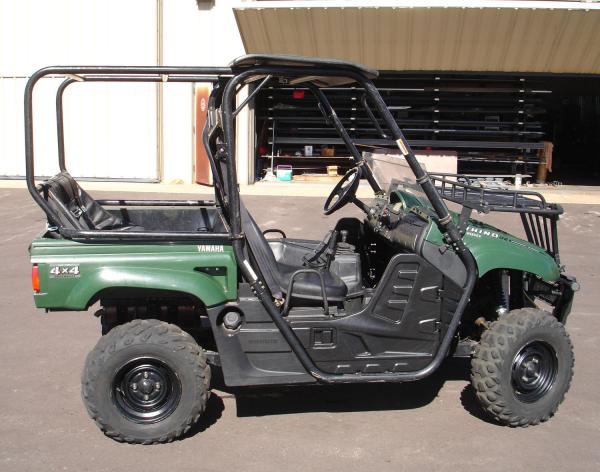
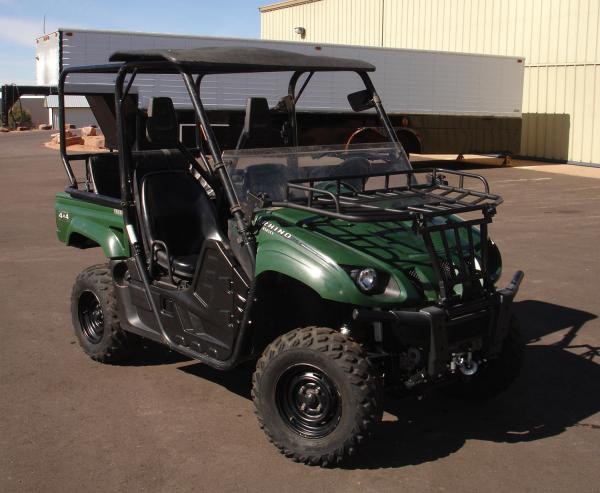
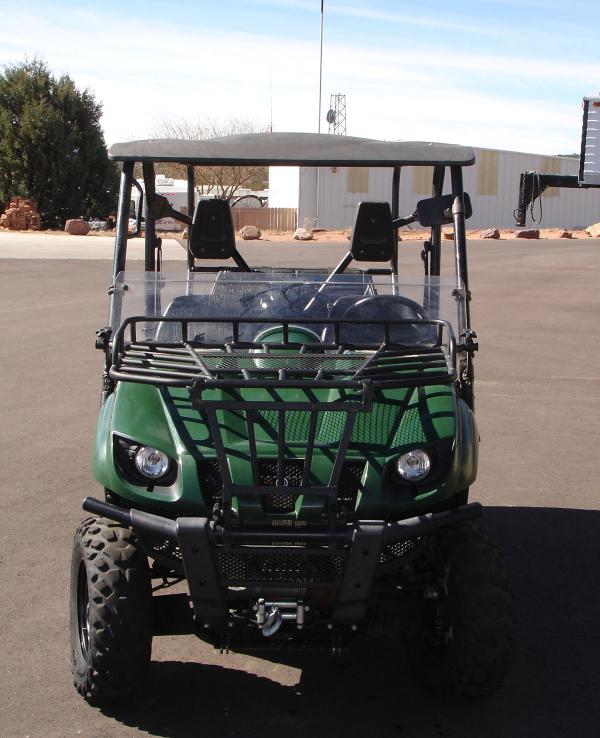
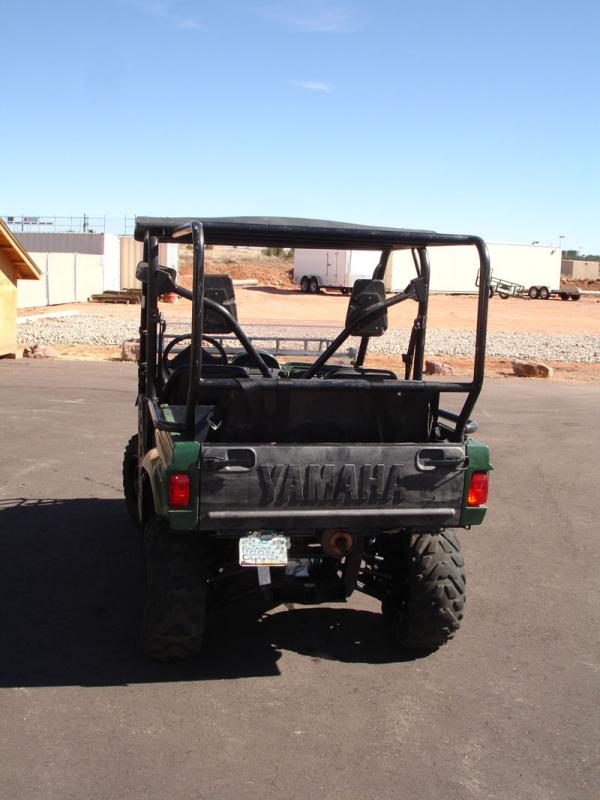
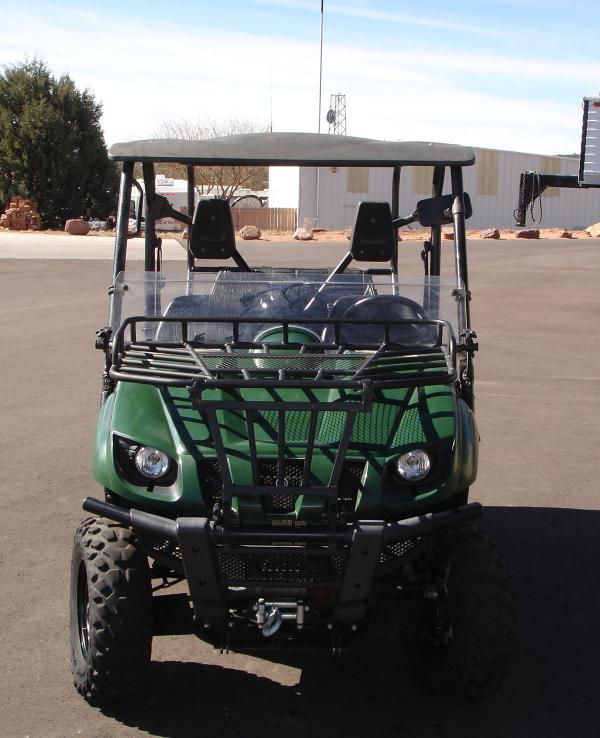
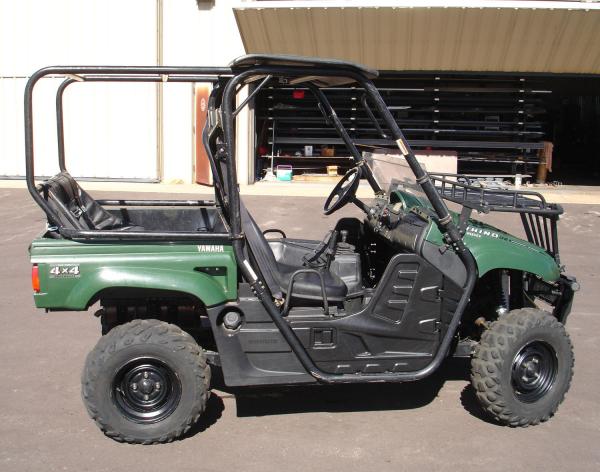
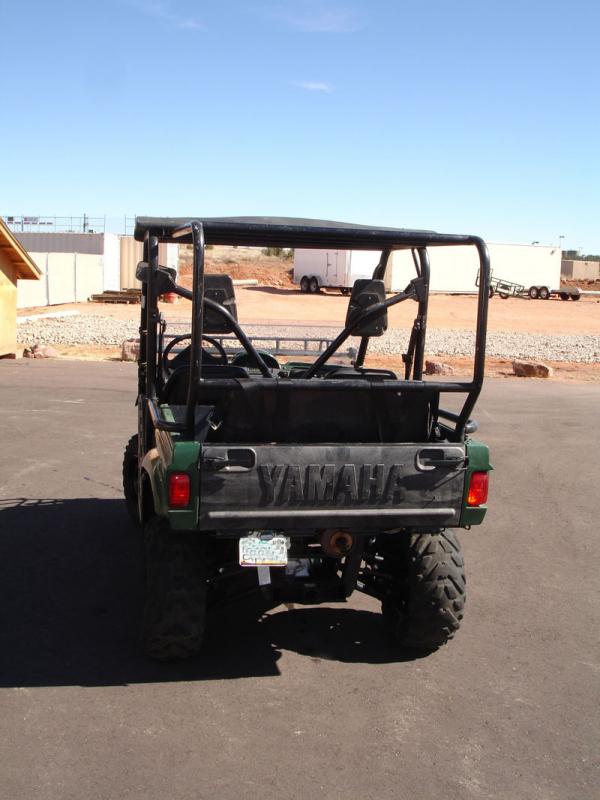
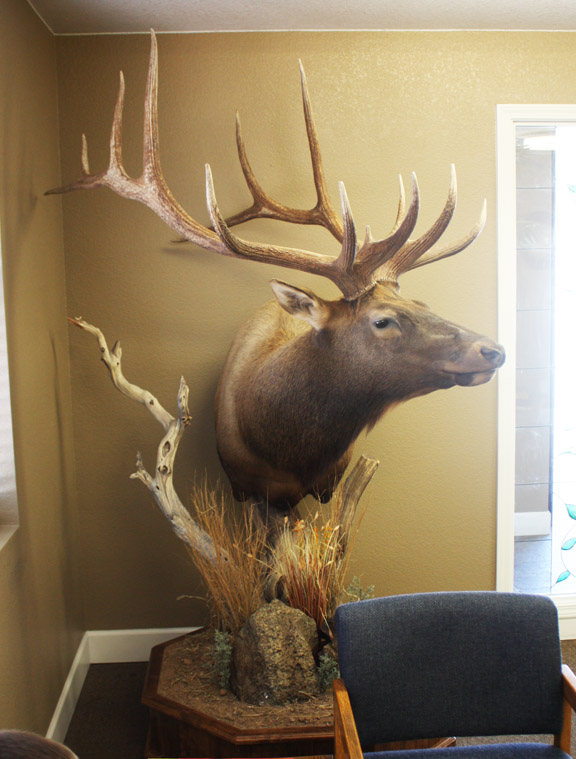
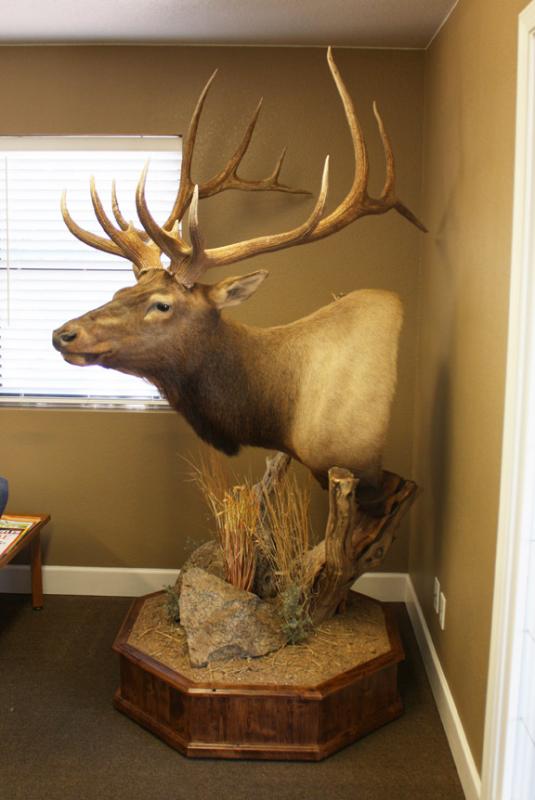
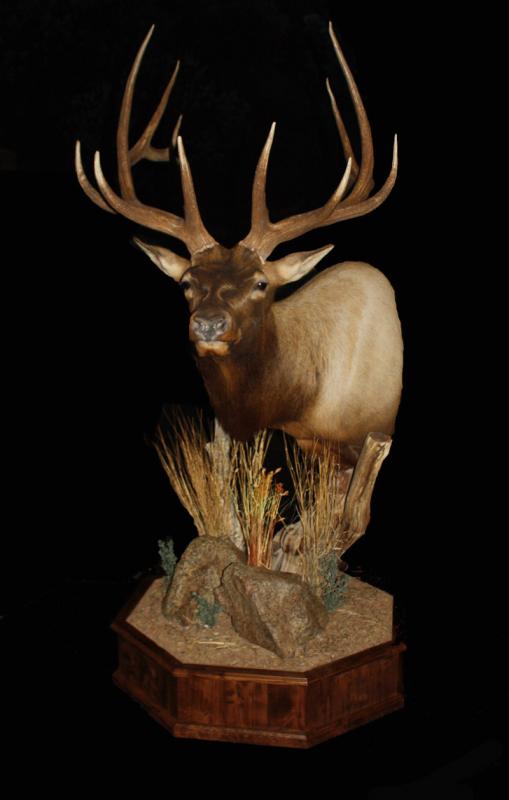
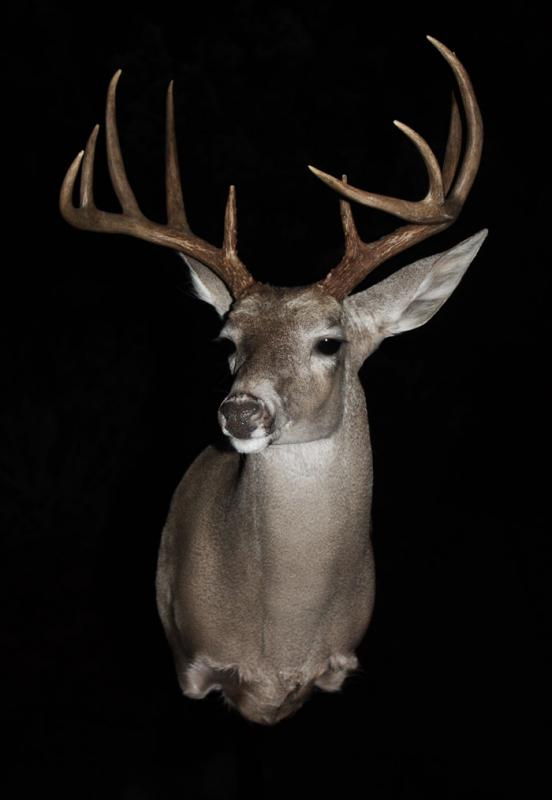
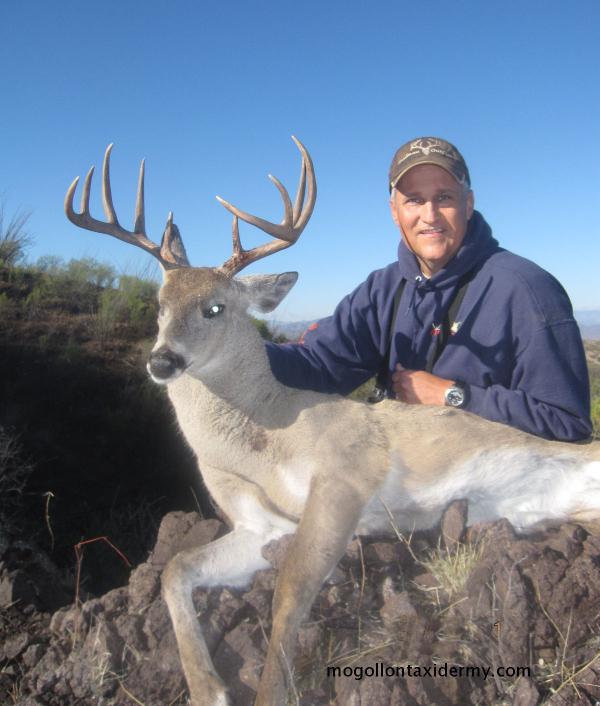
Old Coues
in Mogollon Taxidermy
Posted · Report reply
Here is a mount I just finished recently of an old coues buck. The hunter had been seeing this buck for the past three years and finally was able to take him this past October. He was apparently tucked away in some out of the way spot where he saw few humans. The buck had no front teeth left and his molars were worn down to the gumline. It is rare to see a deer get this age anymore with all the hunting pressure they receive. Despite his lack of teeth, he was healthy and had a larger than average body size. The hunter found one of the buck's sheds from a couple of years prior and he wanted it with the mount, so this is what I put together for him.
View the full article